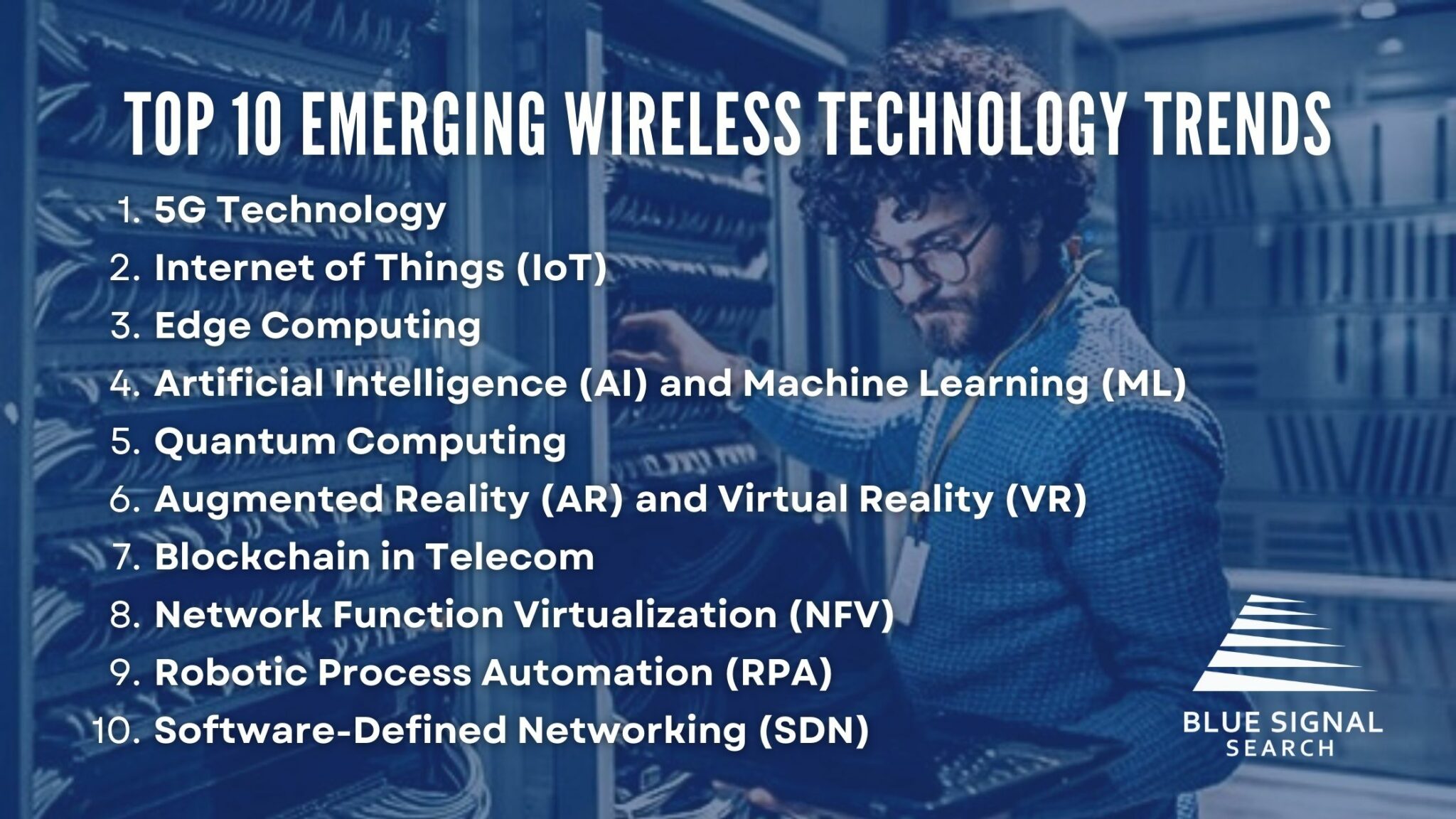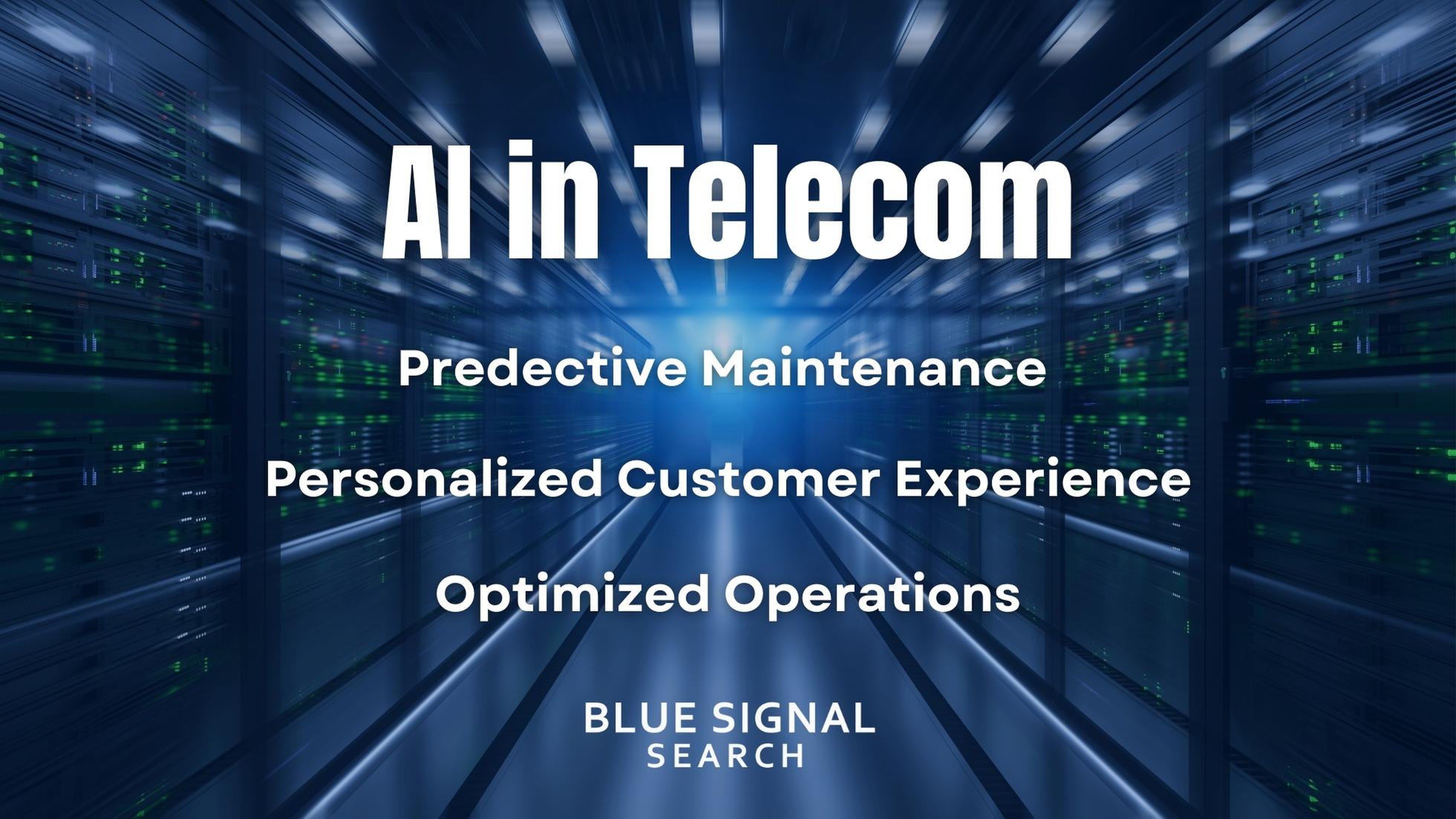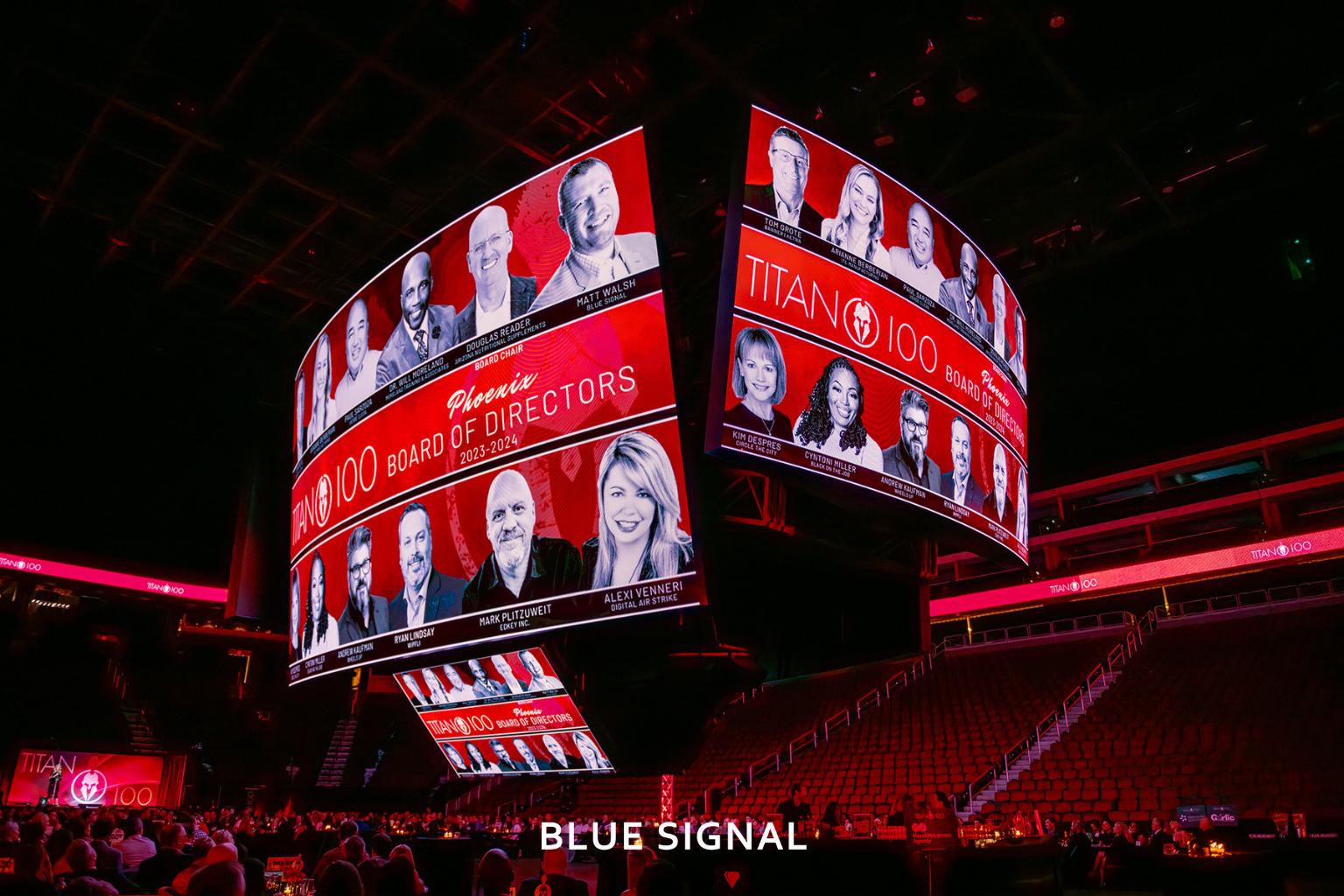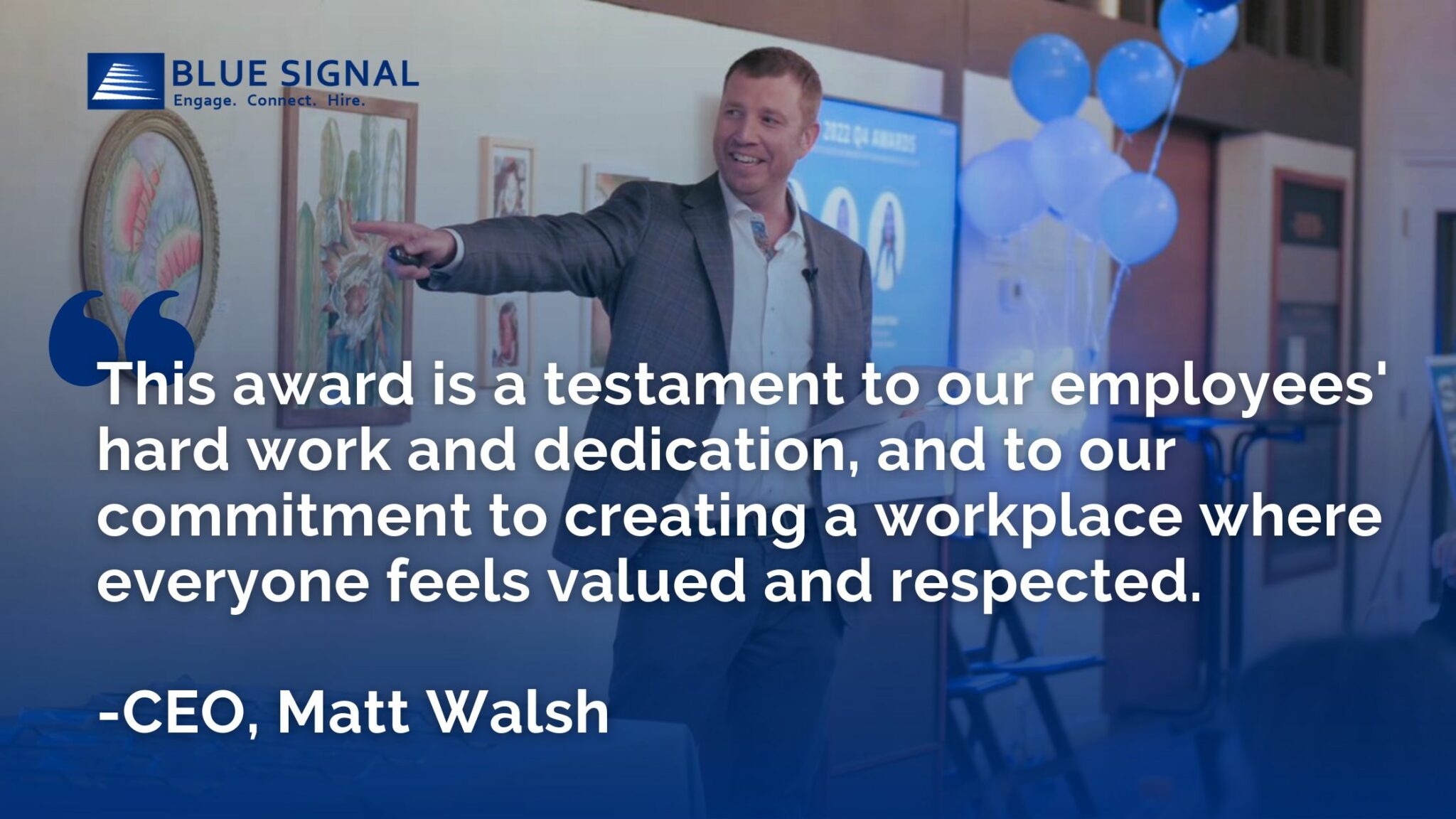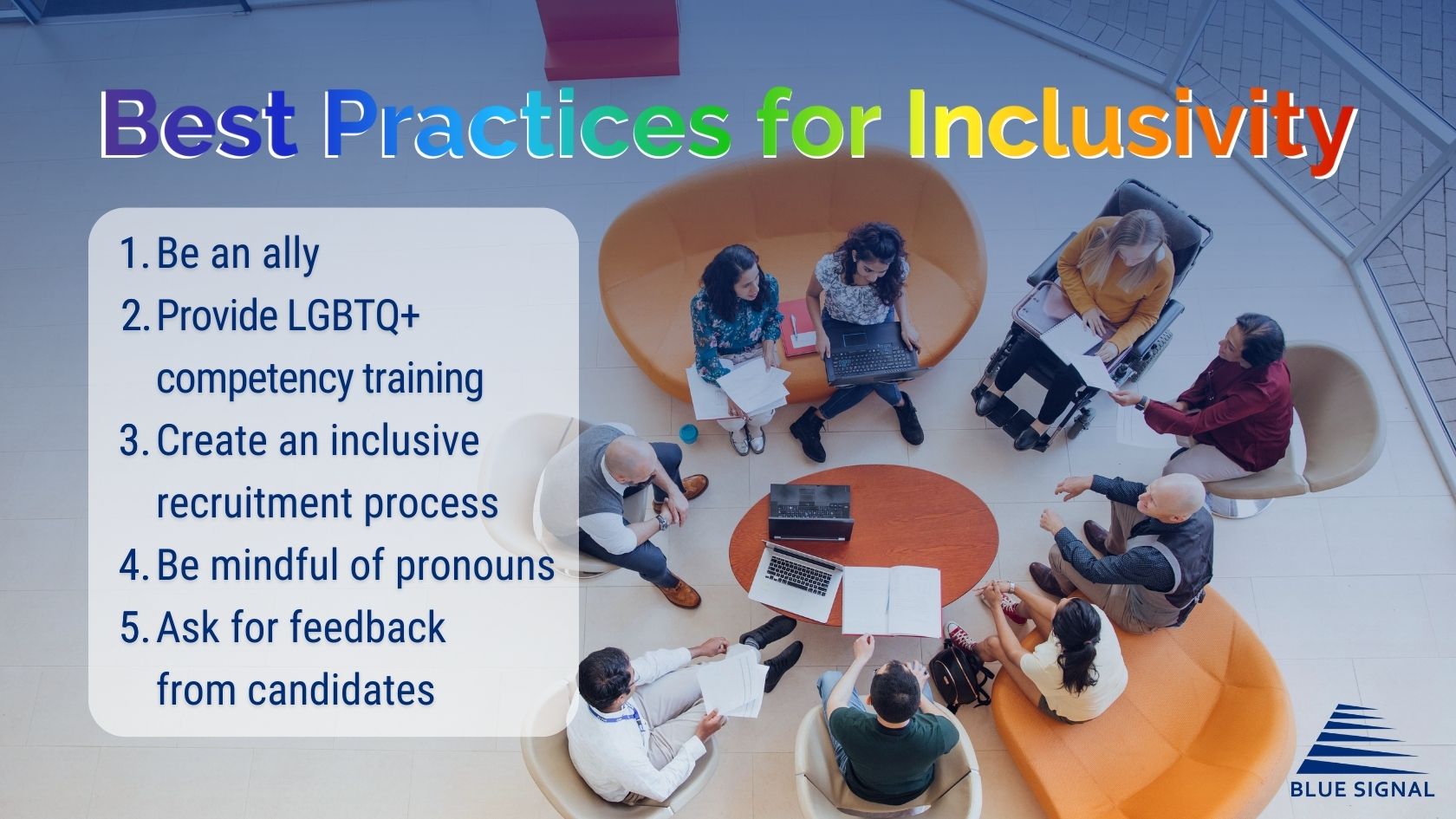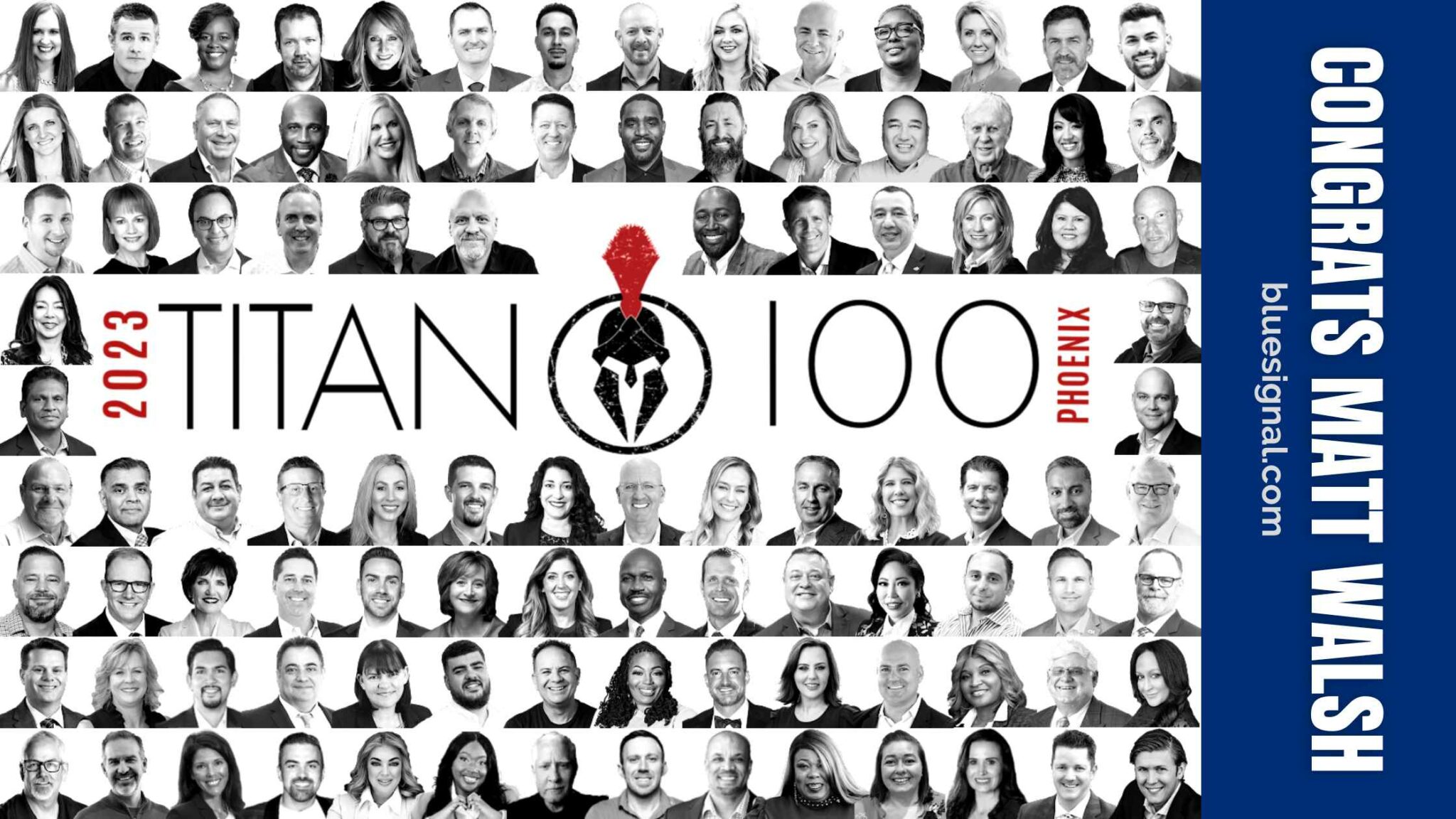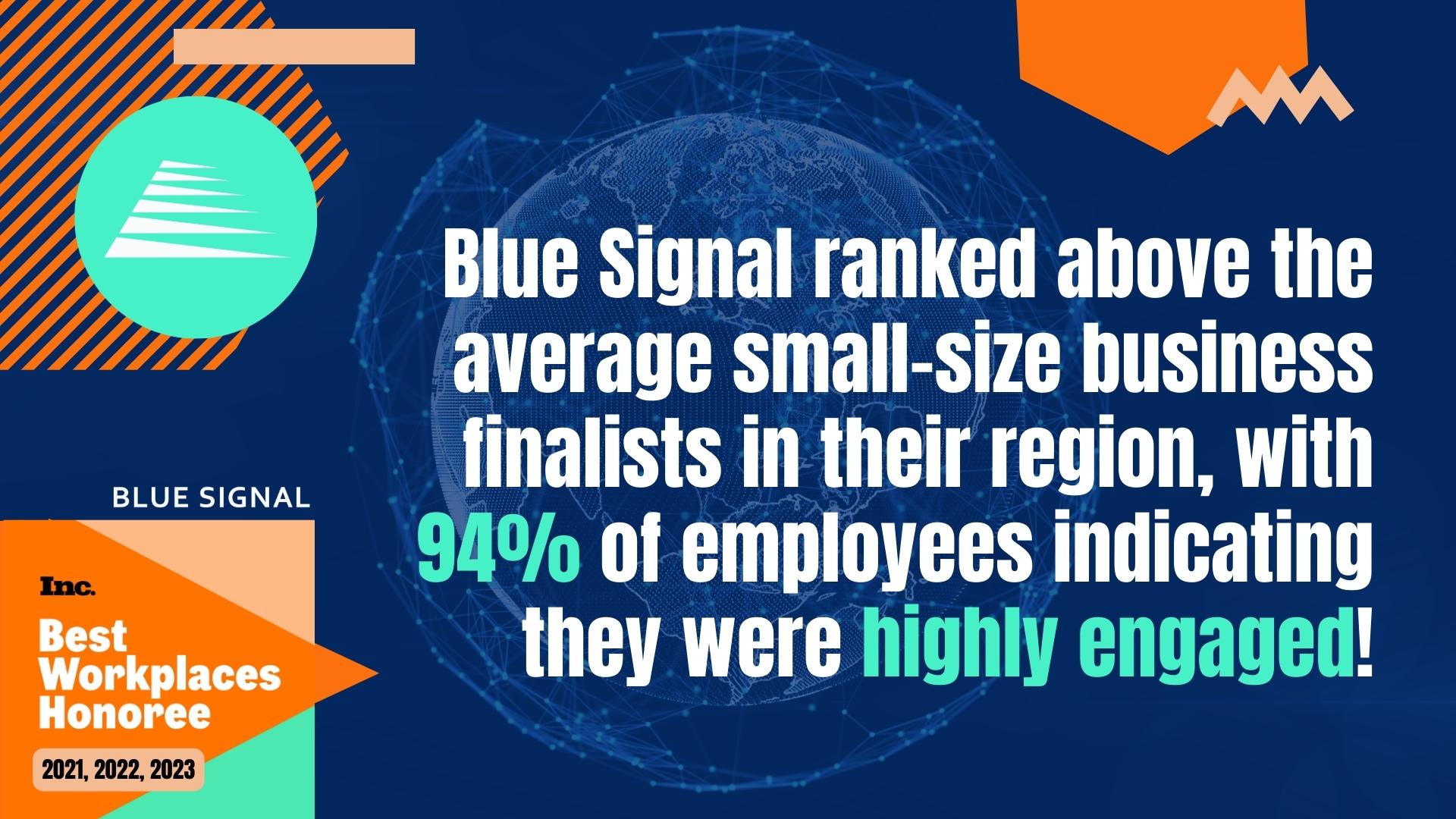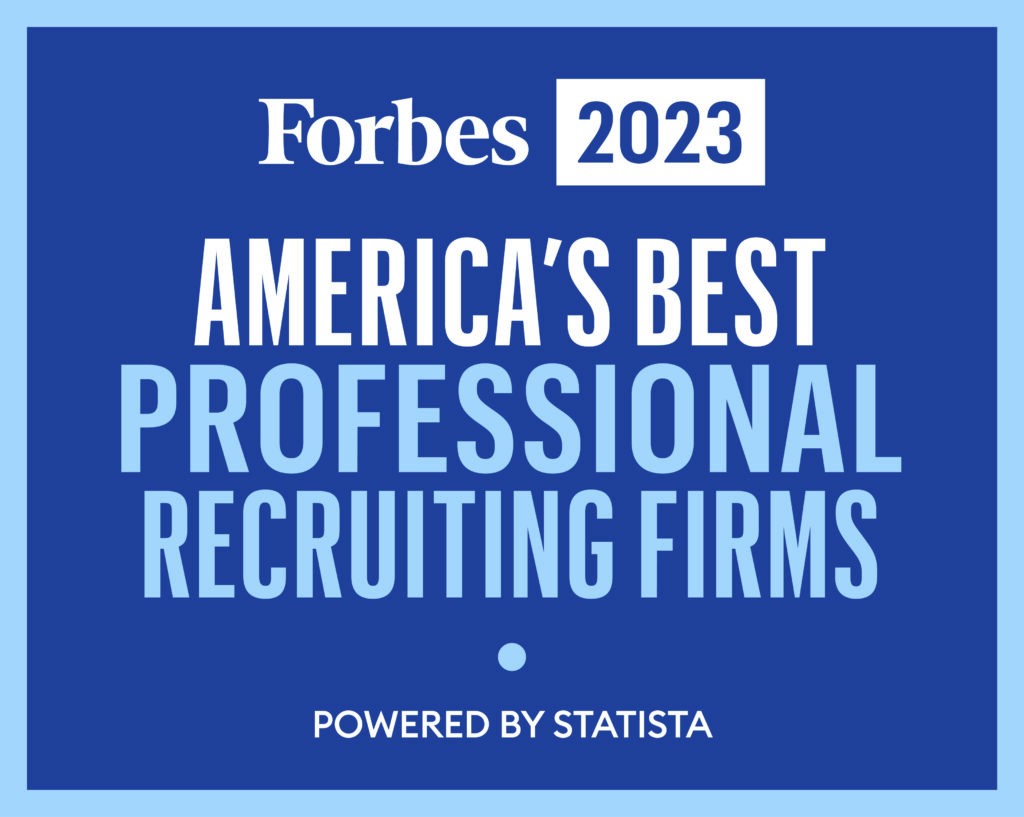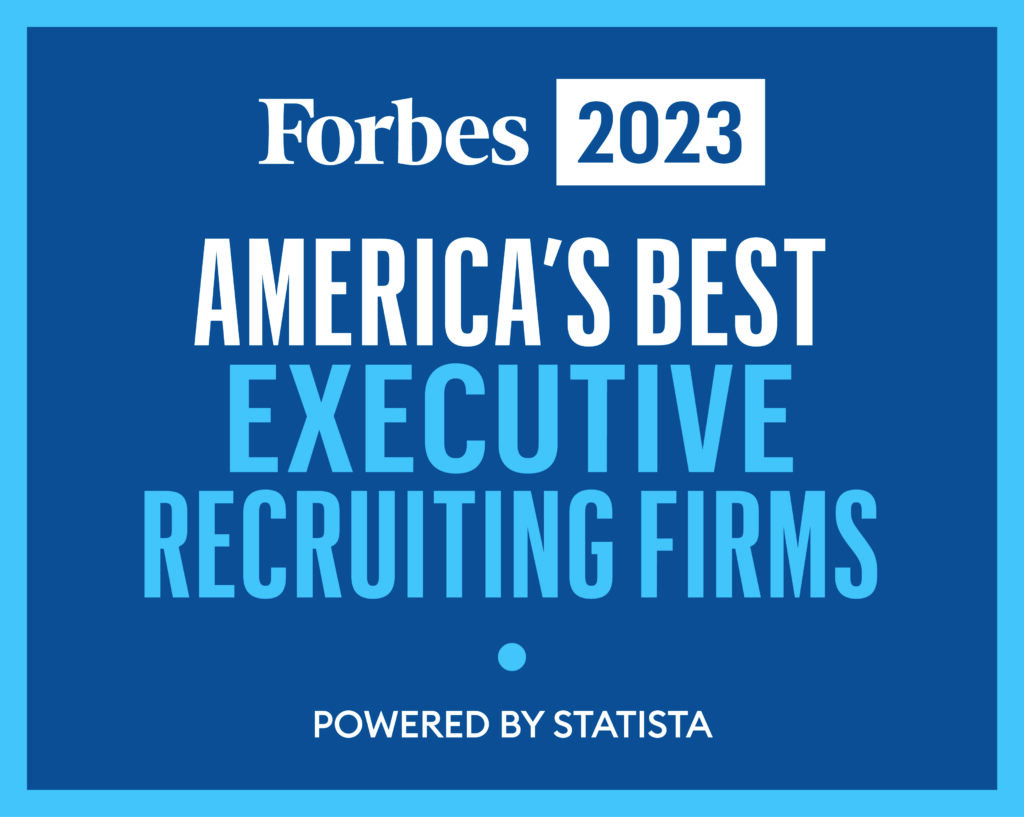The telecom industry is undergoing a transformation, driven by the rapid evolution of technology. As the world becomes increasingly interconnected, the implications of these wireless technology trends for the telecom sector are profound. From enhancing operational efficiency to delivering unparalleled user experiences, these innovations are set to revolutionize the way we communicate. Blue Signal, leveraging our deep domain expertise, delves into these transformative trends.
5G Technology
Beyond just speed, 5G promises to revolutionize industries by offering ultra-reliable, low-latency communication. As businesses increasingly rely on real-time data transfer, 5G will play a pivotal role in areas like telemedicine, autonomous driving, and augmented reality. With its potential to support 1 million devices per square kilometer, the scalability of 5G is unmatched.
The global anticipation for 5G is palpable, with many experts predicting that it will be the backbone of new technological innovations. Its potential to support millions of devices at ultra-fast speeds makes it a game-changer for the digital age.
Internet of Things (IoT)
IoT is not just a buzzword. By 2025, it's estimated that there will be over 21 billion IoT devices globally. These interconnected devices, ranging from smart home appliances to industrial sensors, will generate vast amounts of data, driving the need for faster and more reliable networks. The proliferation of IoT devices will also lead to the emergence of new business models and revenue streams, pushing telecom companies to innovate and adapt to the changing landscape.
Edge Computing
With the explosion of IoT devices, there's a growing need to process data closer to the source. The wireless technology trend, edge computing, addresses this by decentralizing data processing, reducing latency, and ensuring quicker response times. This is particularly crucial for applications that require real-time data analysis, such as autonomous vehicles and smart cities. This shift towards edge computing is also expected to lead to the development of new applications and services tailored for real-time data processing, opening up new avenues for innovation.
Artificial Intelligence (AI) and Machine Learning (ML)
AI and ML are at the forefront of the telecom revolution. From predictive maintenance of network infrastructure to personalized customer experiences, these technologies are enabling telecom providers to optimize operations and enhance user experiences. Advanced algorithms can now predict network congestions and automatically reroute traffic, ensuring seamless connectivity. The integration of AI and ML will also empower telecom providers to offer personalized services to users, leveraging data analytics to understand user preferences and behaviors.
Quantum Computing
Quantum computing, with its ability to solve intricate problems, promises to redefine encryption in telecom, ensuring ultra-secure data transmission. As quantum computers become more accessible, they will play a crucial role in enhancing data security, optimizing network performance, and driving innovations in areas like cryptography and complex system simulations. The potential of quantum computing to process vast amounts of data in seconds can revolutionize the way telecom industries handle data encryption and security.
Augmented Reality (AR) and Virtual Reality (VR)
The rise of 5G, one of the most prominent wireless technology trends, is set to boost the AR and VR market. These immersive technologies require high bandwidth and low latency, which 5G can deliver. Beyond entertainment, AR and VR have practical applications in training, education, and remote collaboration, offering immersive experiences that were previously unimaginable. With the convergence of AR, VR, and 5G, we can expect a surge in virtual events, training sessions, and collaborative projects, reshaping the way we interact in virtual spaces.
Blockchain in Telecom
Blockchain's decentralized nature offers a solution to many challenges faced by the telecom industry, including fraud management, identity verification, and smart contracts. With its decentralized and transparent nature, blockchain can ensure secure and seamless transactions in the telecom industry. As telecom industries look for ways to enhance security and transparency, blockchain's potential to revolutionize operations becomes evident. The immutable nature of blockchain ensures that data remains tamper-proof, providing a trustworthy and transparent system for all stakeholders.
Network Function Virtualization (NFV)
NFV's ability to virtualize network functions promises a more flexible and scalable network architecture. By moving away from traditional hardware-based solutions, telecom providers can quickly adapt to changing demands, deploy new services faster, and reduce operational costs. This shift towards virtualization also means that telecom providers can offer more customized solutions to businesses, catering to their specific needs and requirements.
Robotic Process Automation (RPA)
RPA's potential in telecom extends beyond just automating repetitive tasks. Integrated with AI, RPA can enhance data analysis, improve customer service, and optimize various operational processes, leading to increased efficiency and reduced costs. As telecom industries strive for operational excellence, the adoption of RPA can lead to significant cost savings and improved service delivery.
Software-Defined Networking (SDN)
SDN's centralized control offers telecom providers a way to optimize traffic flow, enhance network performance, and quickly adapt to changing demands. As the volume of data being transmitted continues to grow, SDN's role in ensuring efficient bandwidth utilization becomes even more critical. By decoupling the control and data planes, SDN provides a more agile and programmable network infrastructure, allowing for dynamic resource allocation and improved network management.
Conclusion
The telecom industry is on the brink of a monumental shift. The implications of these wireless technology trends extend beyond just technological advancements; they signify a new era of communication, marked by efficiency, security, and unparalleled user experiences. Staying updated with these trends and embracing the upcoming changes will be crucial for businesses and individuals alike. The next decade promises a telecom landscape that's more dynamic, interconnected, and innovative than ever before.

About Blue Signal
The wireless and telecom industry is a beacon of technological advancement. With the emergence of 5G, IoT, next-gen infrastructure, and more, this sector is redefining the way we connect and communicate.
At Blue Signal, our specialized recruiters are committed to bridging the talent gap in areas such as network engineering, infrastructure development, spectrum management, systems architecture, solutions design, test engineering, and product management.
As the telecom landscape undergoes rapid transformation, aligning with experts like Blue Signal ensures that businesses remain at the forefront of this evolution. Explore our wireless & telecom industry page on our website to grasp our depth of expertise. Whether you're charting your next career trajectory or looking to hire the best in the telecom realm, let's join forces and drive innovation together.
